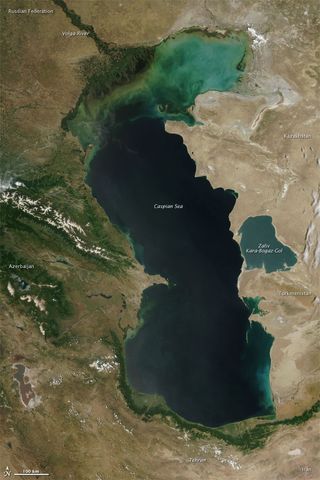Plates moving apart along plate boundaries.
The sea floor remains below sea level and the tops of the continents above it because.
The sea floor remains below sea level and the tops of the continents above it because.
The sea floor remains below sea level and the tops of the continents above it because.
If you follow the ocean floor out from the beach at the top left the seafloor gently slopes along the continental shelf.
The smooth flat regions that make up 40 of the ocean floor are the abyssal plain.
The sea floor and the continents are in isostatic balance with the mantle.
The deepest parts of the oceans are the trenches.
The sea floor remains below sea level and the tops of the continents above it because the continental land mass is thicker the degrees of latitude in a hemisphere.
All of the following are evidence supporting the theory of plate tectonics except.
The sea floor and the continents are in isostatic balance with the mantle the degrees of latitude in a hemisphere.
A the weight of the water keeps the sea floor down b the sea floor and the continents are in isostatic balance with the mantle c the mantle beneath the sea floor is cooler d the continental land mass is thicker.
Convection currents in the mantle.
The sea floor then drops off steeply along the continental slope the true edge of the continent.










